Harmonic Analysis (RMA) Worksheet for the song: Sunny Afternoon.
Sunny Afternoon
Sunny Afternoon is a song by the Kinks, written by chief songwriter Ray Davies. The track later featured on the Face to Face album as well as being the title track for their 1967 compilation album. Like its contemporary "Taxman" by the Beatles, the song references the high levels of progressive tax taken by the British Labour government of Harold Wilson. Its strong music hall flavour and lyrical focus was part of a stylistic departure for the band (begun with 1965's "A Well Respected Man"), which had risen to fame in 1964–65 with a series of hard-driving, power-chord rock hits.
Released as a single on 3 June 1966, "Sunny Afternoon" went to number one on the UK Singles Chart on 7 July 1966, remaining there for two weeks. The track also went to number one in Ireland on 14 July 1966. In America, it peaked at number 14 on the Billboard Hot 100 pop singles chart early autumn 1966. The promotional video for the single featured the band performing in a cold, snowy environment. (wikiwand);
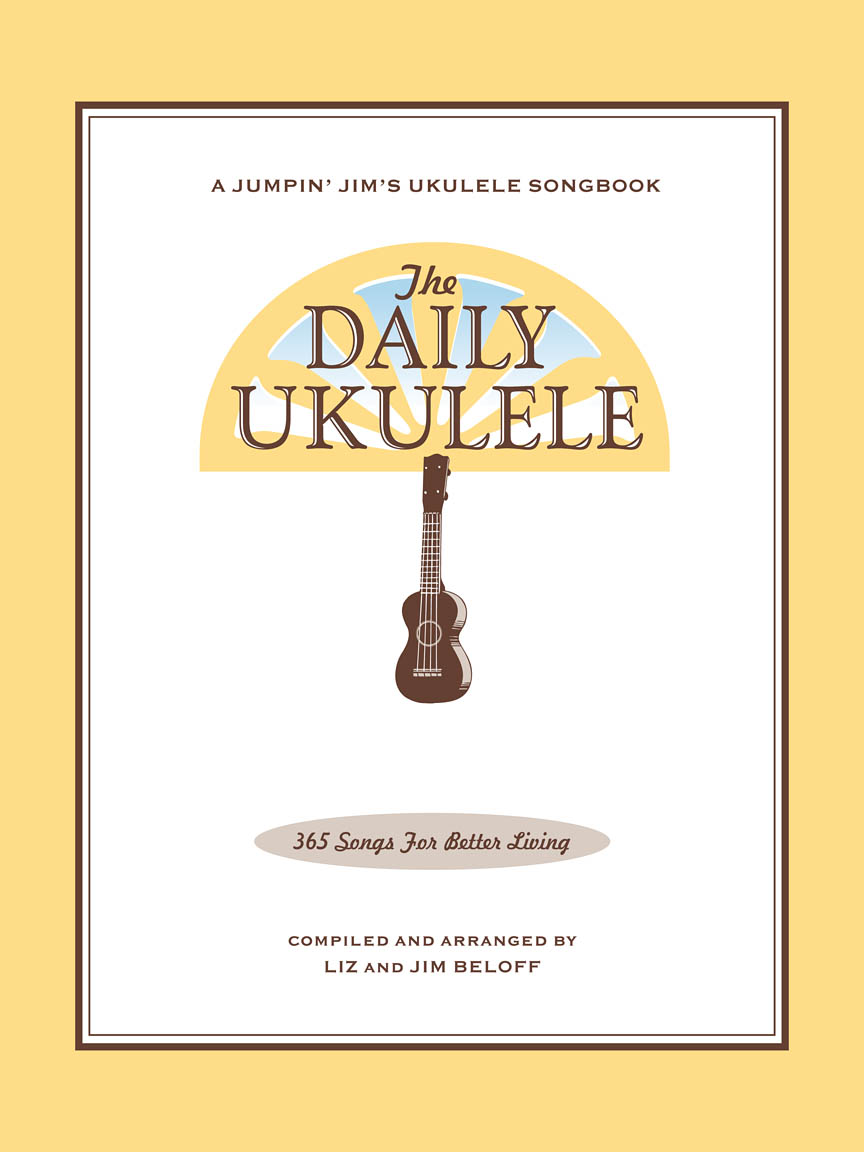
The Daily Ukulele— 365 Songs for Better Living book.






III7
( V of VI)
III7
( V of VI)
VI7
( V of II)
II7
( V of V)
III7
( V of VI)
III7
( V of VI)
A Harmonic Analysis (RMA/HA) and its worksheet are intended to show the function of the chords, the harmonic principles used, the keys and tonalities the song explores. And, can be used for scale selections and chord and scale substitutions.
lead leadsheet.Minimal roadmap information such as repeats, fine, D.S., D.C., and codas has been used in preparing the worksheets to somewhat mirror the leadsheet in the Daily Ukulele book.
Yellow Book. You should start to recognize that 1st endings typically always return to a previous verse or an
 section. With a 2nd ending, a transition to a different part of the song, a
section. With a 2nd ending, a transition to a different part of the song, a  or chorus. Harmonic Principles are used for these repeats and transitions.
or chorus. Harmonic Principles are used for these repeats and transitions.- Full Diatonic
- Partial Diatonic • Full Diatonic includes Secondary Dominant chords
- Cycle
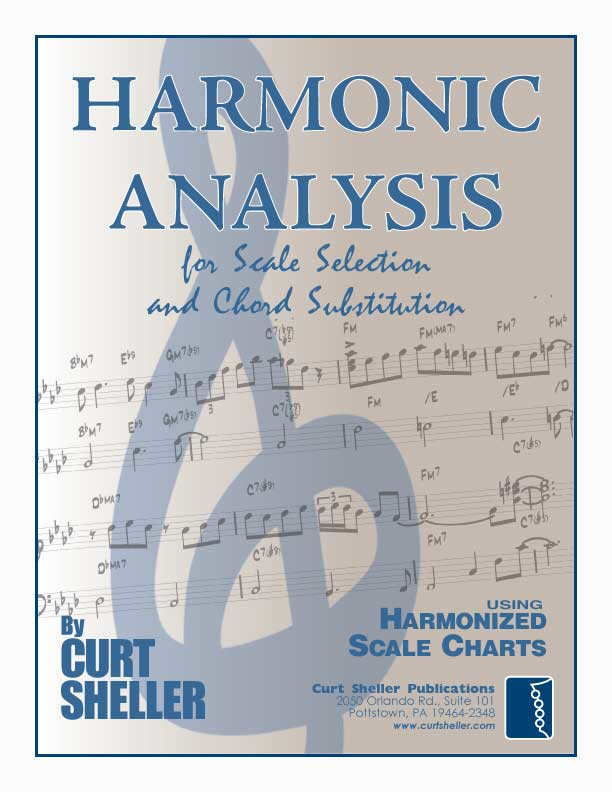
Contemporary Scales: Minor Pent: Minor Pentatonic, Pent: Major Pentatonic, Blues,
Scale/Mode Names: Ion: Ionian (Major), Dor: Dorian (Minor), Phrygian: Phrygian, Lyd: Lydian, Mix: Mixolydian (Dominant), Aeol: Aeolian (Natural Minor), Loc: Locrian
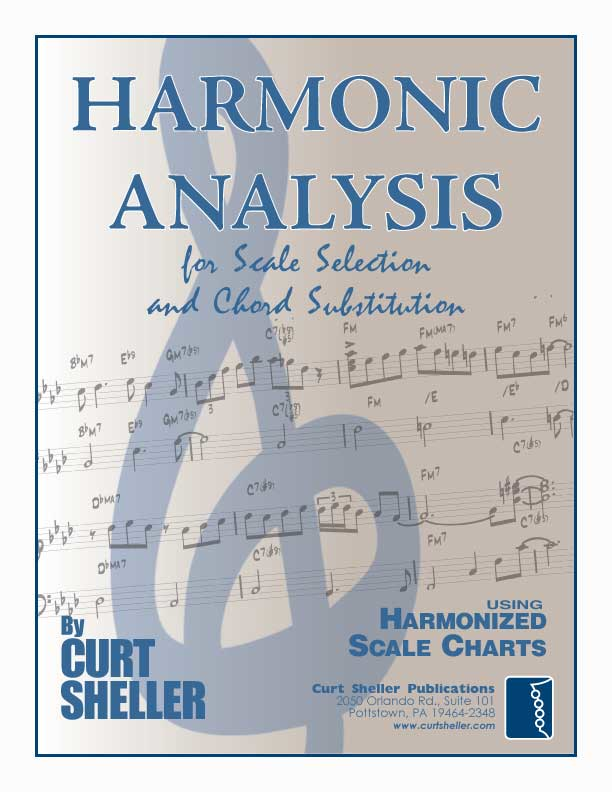

Intro
Repeated descending Quarter note run starting on the Root I and descending to the second of the scale: | A A G G | F# F# F F | E E D D | C C B B |
- (wikiwand); Sunny Afternoon
- Sunny Afternoon •
Related Lessons, Videos, Lesson Series, Songs, Books & Reference Charts, Resources & Assets, Workshops are below.
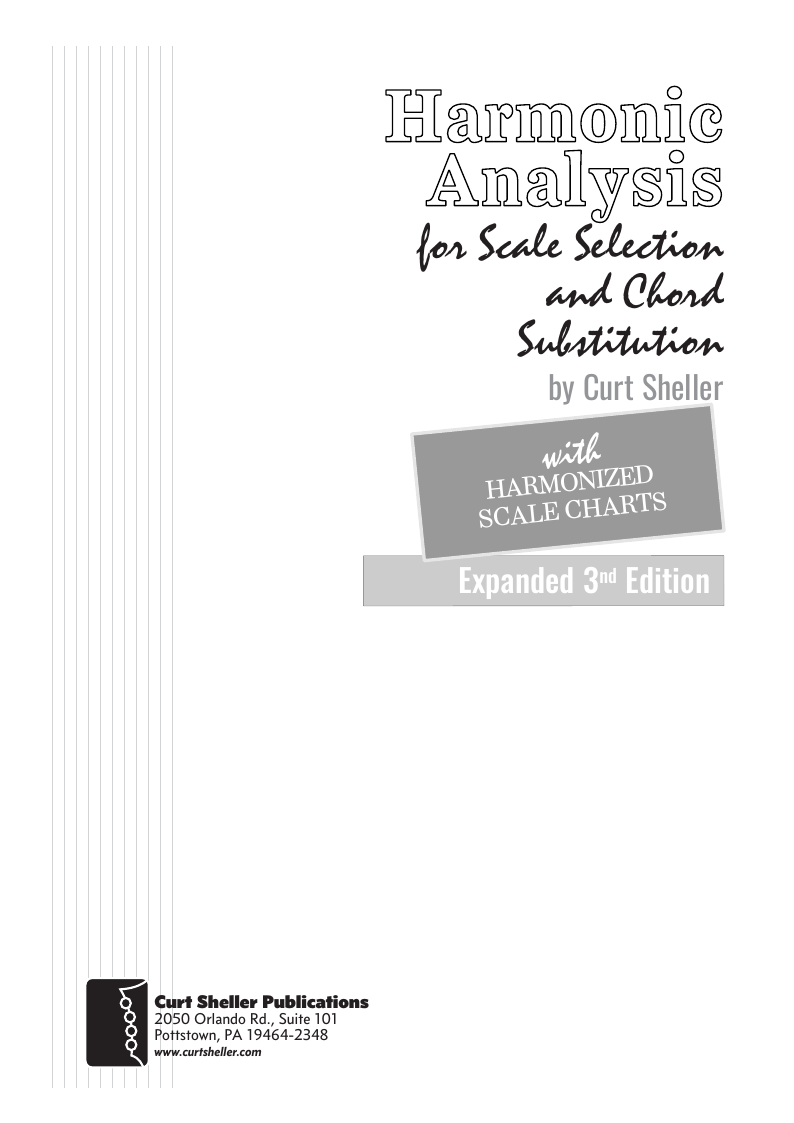
Harmonic Analysis ( HA ) is the process used to determine the harmonic function of chords within a chord progression. A chord progression is defined as a sequence of chords, each chord has a root and has a particular chord type. The relationship of a chord's root to a scale determines its function within that scale's tonality. Once a chord's function is identified, scale selections along with chord and scale substitutions can be made. This process is called Root Movement Analysis ( RMA ). This series of lessons are extracted from my book for use with individual private and on-line students. Each lesson directly corresponds the chapters in my book Harmonic Analysis for Scale Selection and Chord Substitution by Curt Sheller (me).

Harmonic Analysis (HA), also known as the study of chord relationships, is the method used to identify the harmonic role of chords within a chord progression or song. A chord progression refers to a sequence of chords, with each chord having a root note and belonging to a specific chord type. The function of a chord within a particular scale's tonality is determined by its relationship to that scale.

Harmonic Analysis is the understanding of the functional sequence of chords. It is the process used to analyze the harmonic structure of a progression, song or composition. This analysis is then used to make scale selections for improvisation and chord substitution.
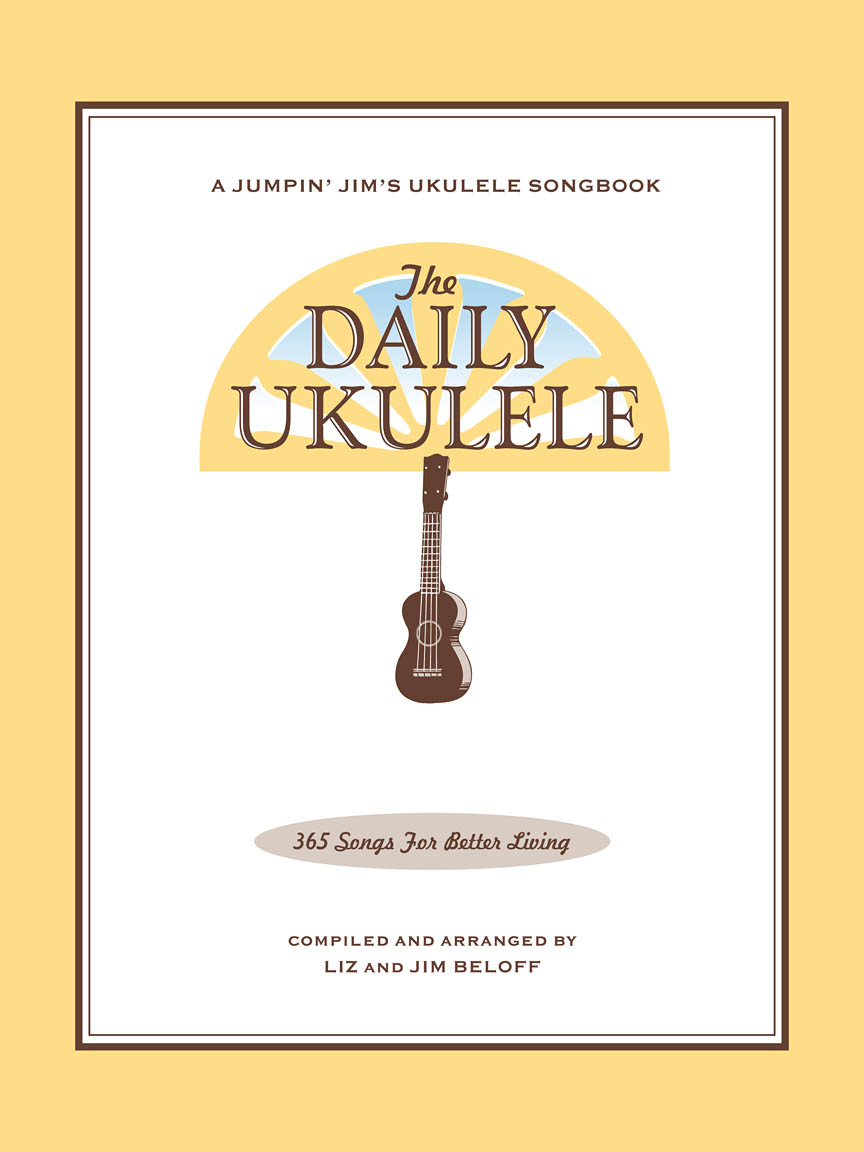
Strum a different song every day with easy arrangements of 365 of your favorite songs in one big songbook! The Daily Ukulele features ukulele arrangements with melody, lyrics and uke chord grids and are in ukulele-friendly keys that are particularly suited for groups of one to one hundred to play and sing.

Finally, learn the names of the notes of the ukulele fingerboard in C tuning .

Learn the six fingering principles to navigating the ukulele fingerboard. Fingering is one of the most universal topics. Book: Six Secrets of the Ukulele Fingering

Harmonic Analysis is the understanding of the functional sequence of chords. It is the process used to analyze the harmonic structure of a progression, song or composition. Book: Harmonic Analysis for Scale Selection and Chord Substitution

Learn to read single note melodies in the first/open position is a lot easier than you might think. Book: Ukulele – Reading Music Series – Primer

An organized collection of daily practice and reference material for the contemporary ukulele player for developing the vocabulary and knowledge necessary for single note playing. Book: Daily Practice Material for the Contemporary Ukulele
Checkout the Books & Reference Charts for additional Handy, Dandy Reference Charts.

Ukulele Fingerboard Chart for C Tuning, Low or High G – G C E A

Ukulele Fingerboard Chart for G Tuning, Low or High A – D G B E

A handy reference chart of all 15 major and relative minor key signatures. US Letter 8.5 x 11 sized (ANSI-A), A4
Checkout the Books & Reference Charts for additional Handy, Dandy Reference Charts.



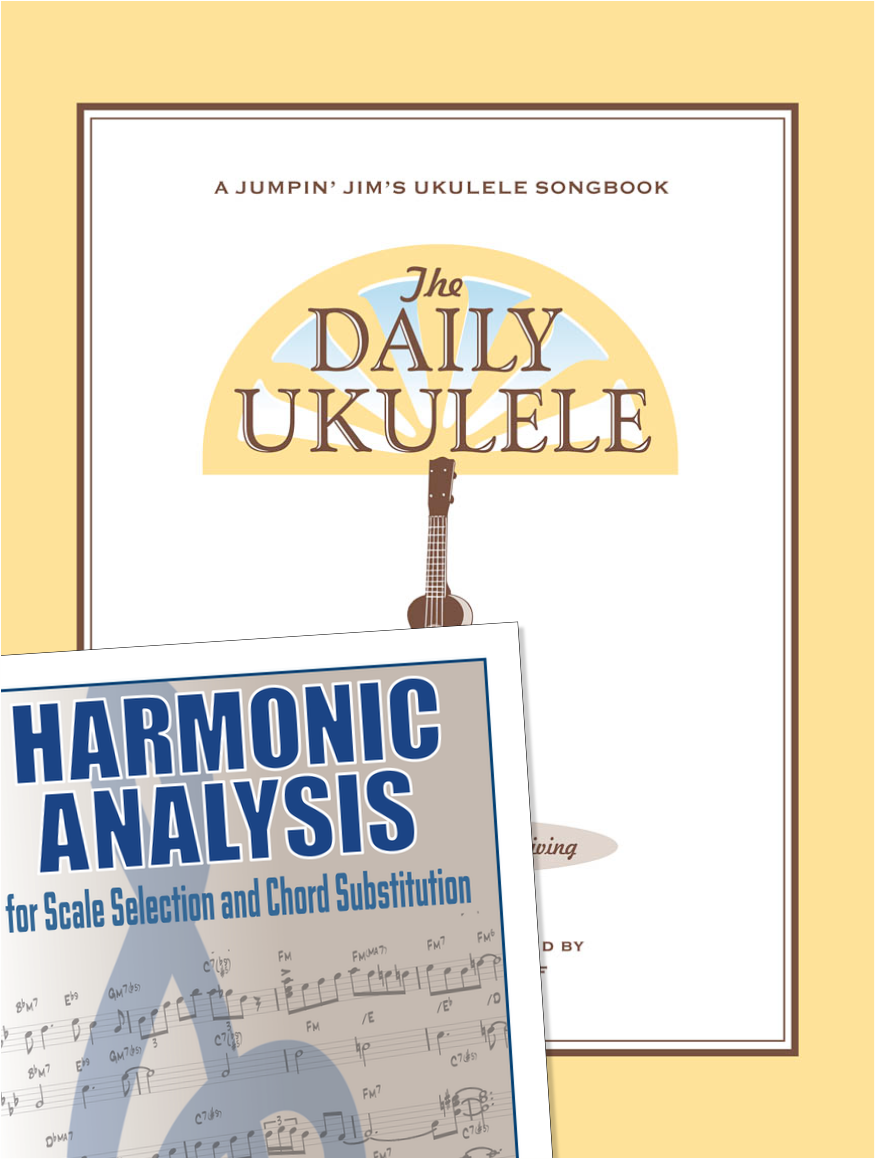
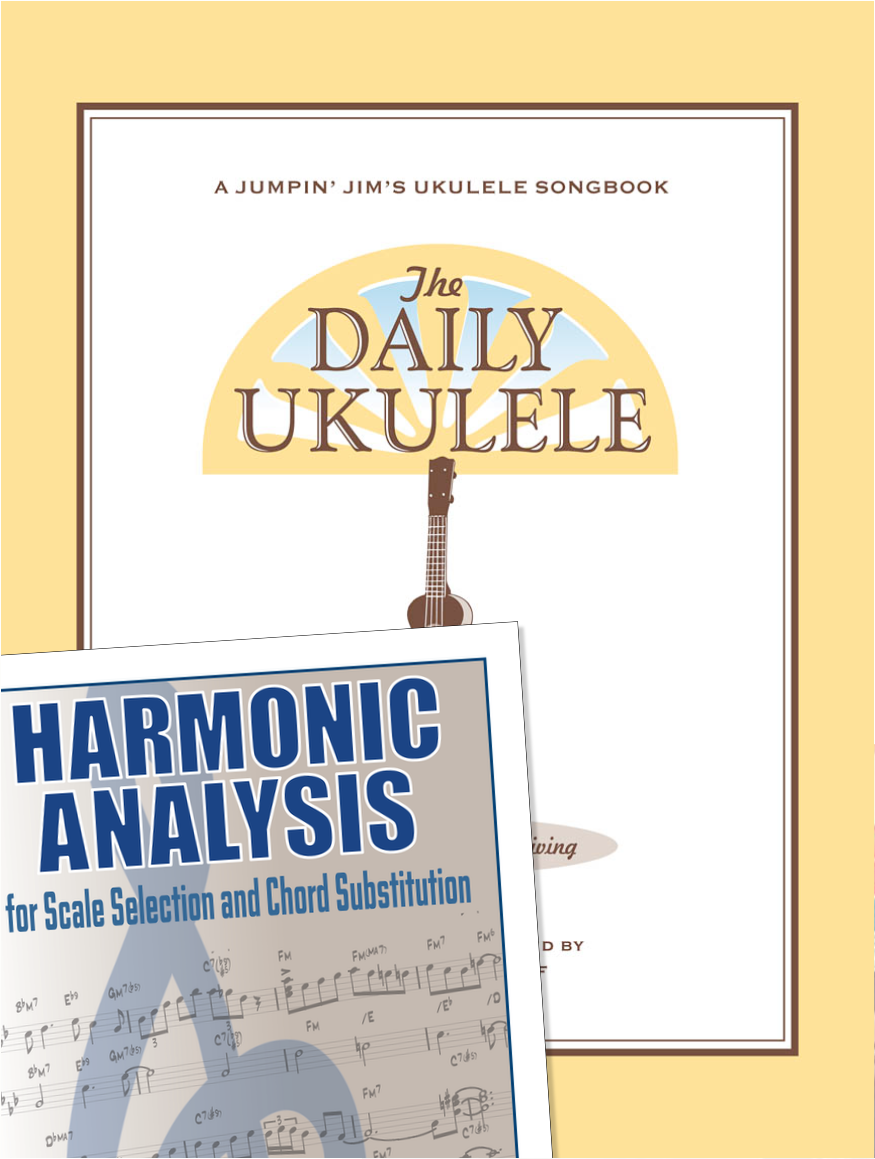

.jpg)